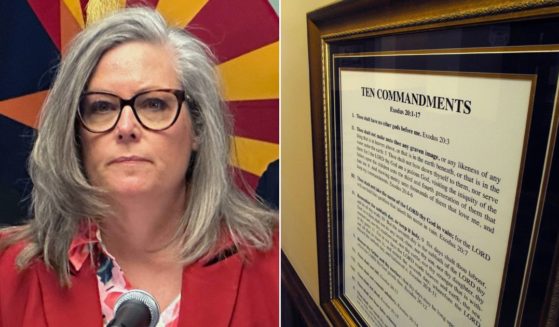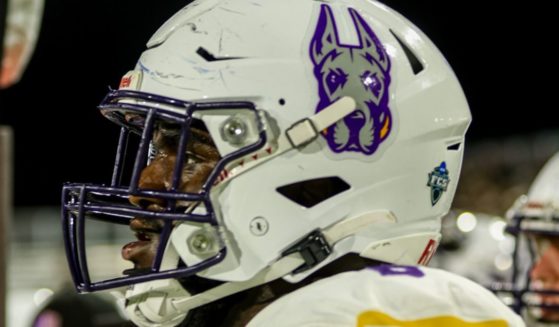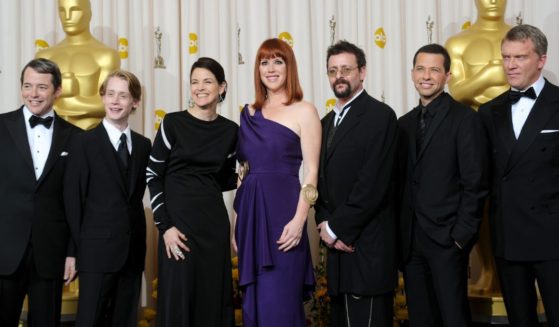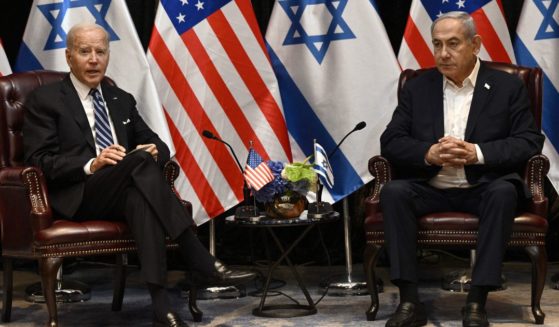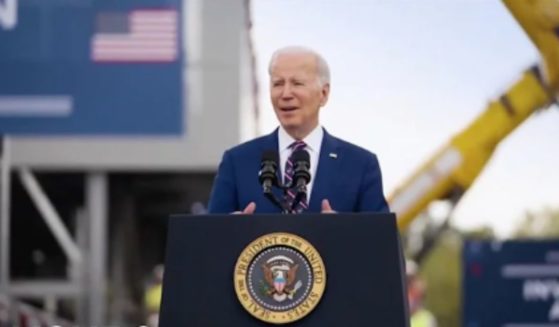Astronaut on NASA's Historic Moon Landing Crew Dies at Age 90
Apollo 11 astronaut Michael Collins, who orbited the moon alone while Neil Armstrong and Buzz Aldrin took their historic first steps on the lunar surface, died Wednesday. He was 90.
Collins died of cancer, his family said in a statement. “Mike always faced the challenges of life with grace and humility, and faced this, his final challenge, in the same way.”
Collins was part of the three-man Apollo 11 crew that in 1969 effectively ended the space race between the United States and Russia and rose to President John F. Kennedy’s challenge to reach the moon by the end of the 1960s.
“It’s human nature to stretch, to go, to see, to understand,” Collins said on the 10th anniversary of the moon landing in 1979. “Exploration is not a choice really — it’s an imperative, and it’s simply a matter of timing as to when the option is exercised.”
“Whether his work was behind the scenes or on full view, his legacy will always be as one of the leaders who took America’s first steps into the cosmos,” acting NASA administrator Steve Jurczyk said in a statement on Wednesday.
Though he traveled some 238,000 miles to the moon and came within 69 miles of its surface, Collins never set foot on it like his crewmates Aldrin and Armstrong, who died in 2012.
While Armstrong and Aldrin descended to the moon’s surface in the lunar lander, Eagle, Collins remained alone in the command module, Columbia.
Collins was alone for nearly 28 hours while Armstrong and Aldrin completed their tasks on the moon. Collins was responsible for re-docking the two spacecraft before the men could begin heading back to Earth.
Had something gone wrong and Aldrin and Armstrong been stuck on the moon’s surface — a real fear — Collins would have returned to Earth alone.
Though he was frequently asked if he regretted not landing on the moon, that was never an option for Collins on Apollo 11. His specialty as a command module pilot meant he wasn’t considered to take part in the July 20, 1969, landing.
“I know that I would be a liar or a fool if I said that I have the best of the three Apollo 11 seats, but I can say with truth and equanimity that I am perfectly satisfied with the one I have,” he wrote in his 1974 autobiography, “Carrying the Fire.”
Aldrin, the remaining Apollo 11 astronaut, tweeted a picture on Wednesday of the three crewmates laughing, writing: “Dear Mike, Wherever you have been or will be, you will always have the Fire to Carry us deftly to new heights and to the future. We will miss you.”
Dear Mike,
Wherever you have been or will be, you will always have the Fire to Carry us deftly to new heights and to the future. We will miss you. May you Rest In Peace. #Apollo11 pic.twitter.com/q4sJjFdvf8— Dr. Buzz Aldrin (@TheRealBuzz) April 28, 2021
Collins was born in Rome on Halloween 1930. His parents were Virginia Collins and U.S. Army Maj. Gen. James L. Collins. After graduating from the U.S. Military Academy in 1952, a year behind Aldrin, Collins joined the Air Force, where he became a fighter pilot and test pilot.
John Glenn’s 1962 flight making him the first American to orbit the Earth persuaded Collins to apply to NASA. He was accepted on his second try, in 1963, as part of the third group of astronauts selected.
Collins’ first mission was 1966’s Gemini 10, one of the two-man missions in preparation for flights to the moon.
Along with John Young, Collins practiced maneuvers necessary for a moon landing and performed a spacewalk during the three-day mission. During the spacewalk, he famously lost a camera, which is frequently cited as one of the items of “space junk” orbiting Earth.
On Jan. 9, 1969, NASA announced that Collins, Armstrong and Aldrin would be on the crew of Apollo 11, the United States’ first moon landing attempt. Of his fellow Apollo 11 astronauts, Collins said they were “smart as hell, both of them, competent and experienced, each in his own way.”
Of the three, Collins was the acknowledged jokester. Aldrin called him the “easygoing guy who brought levity into things.”
The Apollo 11 crew trained for six months before launching on July 16, 1969, from Florida’s Cape Canaveral.
The mission insignia — an eagle landing on the moon with an olive branch in its talons — was largely Collins’ creation.
Collins said one of the things that struck him most about the mission was the way the Earth looked from space — peaceful and serene but also delicate.
“As I look back on Apollo 11, I more and more am attracted to my recollection, not of the moon, but of the Earth. Tiny, little Earth in its little black velvet background,” Collins said while marking the mission’s 50th anniversary in 2019.
In contrast, he said the moon seemed almost hostile. In fact, it was considered so hostile that on their return, Collins, Armstrong and Aldrin all spent several days in a quarantine trailer. They received visitors, including President Richard Nixon, through a window.
When the group was finally deemed safe, they went on a world tour, visiting 25 countries in just over five weeks.
Early on, Collins said Apollo 11 would be his last mission, though officials at NASA wanted him to continue flying.
Collins soon left NASA and joined the State Department as assistant secretary for public affairs. He later wrote that “long hours in Washington flying a great mahogany desk” didn’t suit him.
After about a year he left and joined the Smithsonian Institution. There, he led a team responsible for planning and opening the Smithsonian’s Air and Space Museum.
The Apollo 11 capsule is in the museum’s collection, along with some of Collins’ personal items from the mission — flight checklists, his toothbrush, razor and a tube of Old Spice shaving cream.
He is survived by two daughters and grandchildren.
Along with his autobiography, Collins wrote a book on his experience for young readers, “Flying to the Moon: An Astronaut’s Story.” In a 1994 preface to the book, Collins urged more spending on space exploration and on an astronaut mission to Mars.
“I am too old to fly to Mars, and I regret that. But I still think I have been very, very lucky,” he wrote.
“I was born in the days of biplanes and Buck Rogers, learned to fly in the early jets, and hit my peak when moon rockets came along. That’s hard to beat.”
The Western Journal has reviewed this Associated Press story and may have altered it prior to publication to ensure that it meets our editorial standards.
Truth and Accuracy
We are committed to truth and accuracy in all of our journalism. Read our editorial standards.


